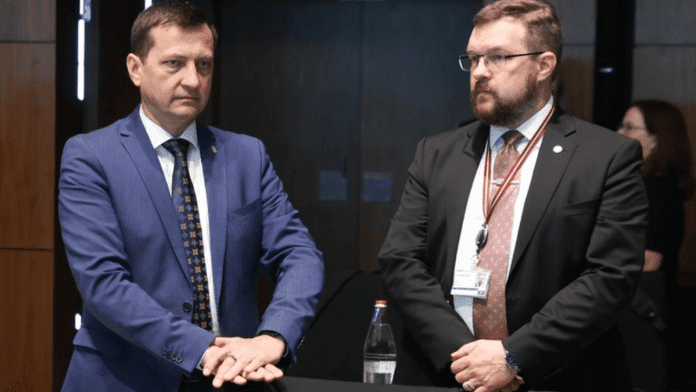News in Brief:
– EU nations, including Latvia and Lithuania, seek amendments to Baltic Sea by-catch regulations which present operational challenges for local fishermen.
– The debate underscores the delicate balance between regulatory compliance, industry viability, and environmental sustainability in the fishing sector.
EU member states, notably Latvia and Lithuania, are advocating for adjustments to regulations concerning small by-catches in the Baltic Sea, citing undue penalties. This proposition comes on the heels of the recent adoption of new fisheries control measures.
The two nations contend that the stringent requirements for recording small by-catches pose challenges, especially for local fishermen. Note that these regulations mandate the declaration of all by-catch species caught, allowing only a slim margin of error of 10% for each species, making compliance difficult, particularly for species that are visually challenging to assess.
For Baltic Sea fishermen, such as those targeting herring or sprat, the regulations directly impact their operations. Common non-commercial species inadvertently caught, including the three-spined stickleback and the round goby, now require meticulous declaration, adding complexity to their already demanding work.
While some member states support the call for flexibility, the Commission is cautious about revising recently revised regulations. Industry representatives stress the practical difficulties faced by fishermen in meeting the stipulated requirements, highlighting the risk of unintentional violations.
Conversely, environmental NGOs advocate for stricter controls on catch declarations to ensure sustainability. They emphasise the need for corrective measures to address errors and advocate for enhanced port monitoring to prevent lax enforcement.
As the debate continues, member states push for amendments or supplementary provisions to alleviate the burden on fishermen. While some flexibility exists within the current regulations, concerns persist regarding their practical implementation and potential impact on the livelihoods of local fishing communities.



